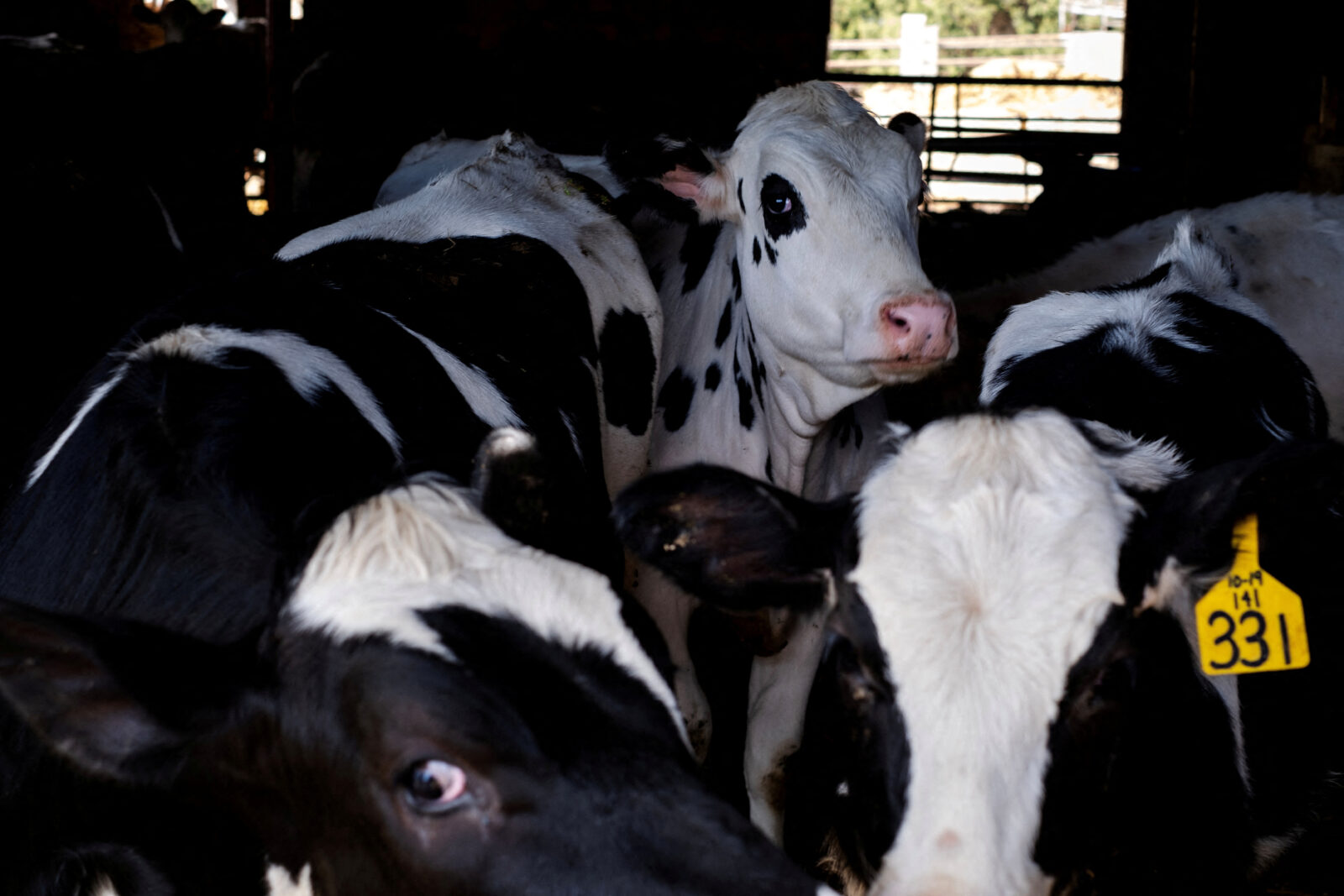United States – In response to the detection of Type A H5N1 virus remnants in milk samples, US agriculture officials have introduced comprehensive regulations requiring mandatory bird flu testing for dairy cattle traveling between states. This proactive measure aims to effectively contain and mitigate the rapidly growing outbreak, which poses a significant threat to the nation’s agricultural sector, as reported by Associated Press.
Federal Agency Reassures Low Risk to Humans
Speaking on behalf of the Federal Administration for Strategic Preparedness and Response, spokesperson Dawn O’Connell has emphasized the negligible risk to human health despite the detection of virus residues in milk samples. The implementation of expanded testing protocols is intended to provide a comprehensive understanding of the virus’s transmission dynamics and facilitate targeted control measures, ensuring the safety and well-being of both consumers and dairy production.
Enhanced Testing Protocol Implemented to Stem Virus Spread
Under the newly enacted mandate, every lactating cow must undergo rigorous testing before interstate travel, representing a significant advancement in surveillance and control efforts. USDA administrator Michael Watson has highlighted the agency’s robust testing infrastructure, expressing confidence in its ability to conduct extensive daily testing and effectively monitor virus transmission patterns.
Threat to US Poultry Industry
The epidemics of bird flu, despite concentrated attempts to restrict the outbreak, have been detected in dairy cattle across countries, which serves as the proof of persistent danger of HPAI. This persisting challenge has therefore caused major losses of poultry operations and initiated more enhanced surveillance programs and aggressive responses towards the control of this infectious disease and economic recoveries.
Continuous Supervision and Surveillance Studies
Along the lines of the surveillance system, health authorities are using directed testing on farm workers and those who got close contact to affected animals. Concurrently, there is a close monitoring of the virus’s possible adaption in other animal species being carried out with guidance from CDC reports that will inform on proactive measures to prevent the spread of the disease, as reported by Associated Press.










